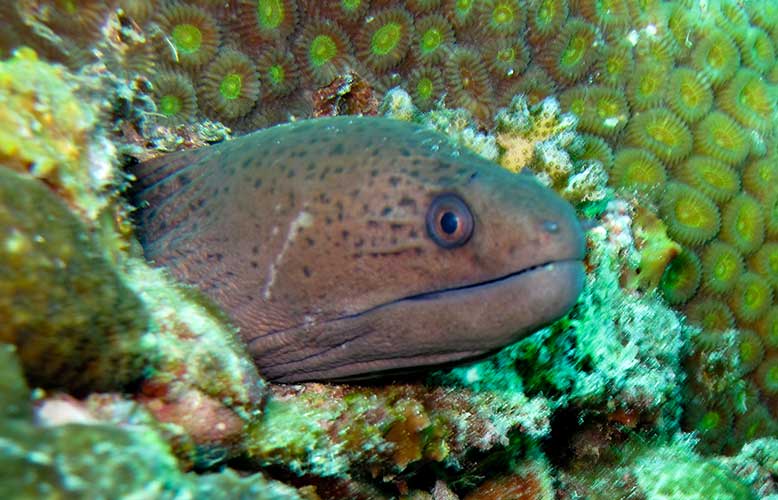- OT
- Science and vision
- Technology
- Eel-inspired battery could improve smart contact lenses
Eel-inspired battery could improve smart contact lenses
Scientists have created a transparent, flexible battery from hydrogels that has the potential to generate energy from tears

19 December 2017
Researchers at the University of Fribourg have created a battery from hydrogels inspired by the electric eel.
The battery is soft, flexible and potentially biocompatible, meaning that it could be used to power next-generation implant materials such as sensors and prosthetic devices.
University of Fribourg PhD student, Tom Schroeder, explained to OT that the technology draws its energy from fresh and salty water mixing together.
“There’s potential for generating continuous power from renewable fluid streams or reservoirs, including those in the body such as tears,” he highlighted.
Mr Schroeder observed that contact lenses containing sensors have traditionally been powered by wireless power transfer from an external source.
He added that the eel-inspired battery is fabricated from hydrogels – a material that is commonly used in contact lenses – meaning that power generation for sensors and displays could be integrated into the contact lens itself.

Fellow PhD student, Gogol Guha, told OT that the research team was able to create a layered lens that delivers a small voltage.
“If you are able to integrate a sensor into the lens, powered by the electricity from our system, you could have a self-contained device which can be placed on the eye and used as a diagnostic tool,” he observed.
University of Fribourg Professor Michael Mayer highlighted that it may be challenging to generate a constant voltage inside a contact lens for long periods of time.
“We have not yet demonstrated the capability to maintain a voltage difference on or inside a living organism. This aspect is actually very challenging and will probably take years to develop,” he emphasised.
“The eel can do it, so it is feasible, but whether artificial systems can do it sufficiently well remains to be seen,” Professor Mayer concluded.
Advertisement


Comments (0)
You must be logged in to join the discussion. Log in